Welcome to 5 Favorites. Each week, I will put together a list of my 5 favorites (films, performances, whatever strikes my fancy) along with commentary on a given topic each week, usually in relation to a specific film releasing that week.
It’s time to take a look at my third and final list of the best horror films of cinema history. Halloween is this weekend, so hopefully this or one of my prior articles has referenced a film you either haven’t seen before or haven’t seen in awhile and have become excited about as a result.
Last week, we came to an end in the mid-1990s when meta horror was about to burst onto the scene in a big way with Scream, the first in a series of three films that spawned similar pictures or parodies by the boatload. Then the trend started to fade as found footage horror made a splash in 1999 with The Blair With Project. Along with Saw in 2004, the 2000s were a decade of heightened realism and gory excess as horror took an even more visually daring direction than it had in the decades prior.
As the 2000s closed in on a new decade, Paranormal Activity changed up the found-footage style and turned it into a cinema vérité experience as cameras caught the action without having to be actively aware of it. It helped cement the 2000s as both an incredibly inventive period, but also a rather fallow one with fewer excellent films on display.
Originality made a huge resurgence in horror in the 2010s with countless original concepts making the middle and later parts of the decades one of the most creatively energetic in horror cinema’s long history. Films like Get Out, A Quiet Place, and The Purge leveled the playing field in unique and interesting ways.
Once again, I’d like to highlight a handful of films before getting into the ten of this period that are my favorites and, this time around, it’s a much broader list of films than before.
As I put together this list of honorable mentions, I realize that I could very well include most of the films I’ve listed the last three weeks into a top 40 list of great horror films and come close to hitting 50, doing so with little effort or regret. Still, I limited myself to 30 and that’s why there are just so many this week…largely because the last two decades have been rather bountiful in terms of great horror and horror-adjacent films.
Ever since Abbott & Costello met various Universal creatures comedy-horror films have been an integral part of the genre; however, the subgenre has had troubles since those days finding really good premises that are hilarious and fitting. Four films from the last three decades have managed to tickle the funny bone while being strong entries in the horror universe: Heathers (1989), Shaun of the Dead (2004), Zombieland (2009), and Tucker & Dave vs. Evil (2010) were the best I’ve seen.
The more I do these lists, the more I remember films that should have been included, but weren’t. 28 Days Later and its sequel 28 Weeks Later are among the best of the new breed of zombie horror films. Future Oscar-winning director Danny Boyle put together the first film, while Juan Carlos Fresnadillo put together the sequel five years later. Together or apart, these creative and visually daring experiences brought George A. Romero’s greatest work into the present with frightening depth.
As mentioned before, a film that did more to goose the gore quotient in horror films than any other picture was 2004’s Saw. Based on a short film, the James Wan-directed feature starred Cary Elwes and Leigh Whannell as two men trapped in a sick game of survival by the mysterious Jigsaw. Meanwhile Danny Glover and Ken Leung play detectives hot on the trail of the killer, hoping to save his victims before it’s too late. A lot of what is done in this film is akin to the locked room subgenre of horror. It also borrows heavily from the moral imperatives of slasher films in the 1970s and 1980s. Combined, this bloody feature was a rousing success and while it most definitely is not for everyone, for better or worse, it reinvented and reinvigorated a genre that was starting to struggle for lack of originality.
While it might be easy to lump supernatural horror films into the horror fantasy subgenre, those films are typically modern and rely mostly on jump scares. Guillermo del Toro, being no stranger to surreal or fanciful films, gave us one of the best fantasy horror films ever made. Pan’s Labyrinth, more so than his more recent Oscar winner The Shape of Water, tackles horror frigtheningly well as it delves into a little girl’s attempts to rationalize the horrific world around her, set against the backdrop of Francisco Franco’s fascistic rule of Spain. It’s visually striking with a haunting score and a stirring central performance from Ivana Baquero.
Little seen by audiences, Exam is a hidden gem of a horror film about a group of young job candidates facing several increasingly dangerous tasks in an effort to secure a lucrative job in the most cutthroat interview ever devised. Set in an alternate Britain, the film takes locked-room thrillers to a new level and throws in a post-apocalyptic vibe and a fascinating escape room concept to make for an entertaining experience.
Ryan Reynolds doesn’t get nearly enough opportunities to flex his acting muscles, but with Buried, he not only gets more than he bargained for, but also finds a way to convey fear, desperation, anger, and hopelessness in spellbinding ways. In the film, he plays a US contractor in Iraq who’s abducted and buried in a confined small box somewhere in the Iraqi desert. It’s this potential tomb in which the entirety of the film takes place. His kidnappers torment him and toy with his emotions as his only connection to the outside world is a cell phone through which he communicates with every other character in the film, including his employers and his wife.
We’ve seen numerous films over the decades where one killer virus after another threatens civilization. Contagion might be more of a post-apocalyptic disaster film than a pure horror film, but its horrific prospects provide stunning foreshadowing of our present-day pandemic threat. An all-star cast makes this Steven Soderbergh feature quite an experience. It’s one you won’t easily come away from unchanged.
I did a 5 Favorites article near the beginning of the feature’s run that looked at inventive horror premises. The Purge was one of them. While ostensibly a locked-room (house) thriller, James DeMonaco’s film had a fantastic and inventive premise, one that seemed all the more possible considering recent trends in US politics. Ethan Hawke leads a sterling ensemble as the annual Purge event begins at sundown and those who don’t protect themselves risk certain death from teeming hordes of joy-seeking and vengeance-taking miscreants of all stripes. Hawke’s family, sitting in a safe house he designed, discovers that no place is truly safe after a group of white, masked intruders break in so they can kill the black man (Edwin Hodge) they have taken in to ostensibly save.
Drawing inspiration heavily from Roman Polanski’s Rosemary’s Baby (another film I seem to have forgotten to include previously), Hereditary is writer-director Ari Aster’s stellar debut. Following the strange events that surround the Graham family, Toni Collette, Gabriel Byrne, Alex Wolff, and Molly Shipiro star. The film is broken into three distinct segments with the horrific and jolting first act finale coming as an absolute shock, but the whole is greater than the sum of its parts and certain merits a watch even if some scenes give you the creeps or cause you to cringe.
Another entry on my list of inventive horror premises, A Quiet Place (2018) is a fascinating experiment that works incredibly well. In a post-apocalyptic future, an alien species has taken up residence on planet Earth. They are completely blind, but have exceptional hearing. As such, a small family lives entirely in silence with dialogue limited to the latter third of the film. Millicent Simmonds and Noah Jupe play the children effectively, but it’s parents John Krasinski and Emily Blunt who deliver the strongest performances and Blunt would have been every bit deserving of an Oscar nomination for this performance. The film also should have won the one Oscar it was nominated for: Best Sound Editing.
Director Luca Guadagnino knew that he would never be able to exceed Dario Argento’s horror masterpiece Suspiria, so his remake of the film decides to shift focus and design styles. It all works out surprisingly well as he takes audiences inside an elite ballet company where strange occurrences are commonplace. Dakota Johnson, Mia Goth, and a host of other actors are terrific, but the film belongs to Tilda Swinton who takes on three highly distinct and original roles in the film. While it remains inferior to Argento’s film, it distinguishes itself enough to be marked as one of the greatest remakes in horror history alongside Rob Zombie’s Halloween (which also deserves recognition from this article, but which I don’t have enough space for) and Philip Kaufman’s Invasion of the Body Snatchers.
The last of this week’s honorable mentions is Jordan Peele’s Us. His second film as a director wasn’t as great as his debut feature, but it’s still a terrific film. It’s one of those films where once you know the twist, everything before it becomes even more fascinating. Encourage your friends not to spoil the end to this one, simply to make the reveal even more enjoyable. Peele injects plenty of symbolism and his script is terrifically written. This is a movie that will help form the foundation of future historians’ bases for establishing the someday-influential Peelian style.
Dolores Claiborne (1995)
It’s interesting to note that on my list of best horror films, the last two great Stephen King adaptations both starred Kathy Bates. In Misery, she was insane. In Dolores Claiborne, her character is almost the diametric opposite. Meek and unassuming, Dolores once lived under the thumb of her abusive husband (David Strathairn) and has long been thought a murderer by the town after his accidental death. Arriving in town to stand up for her mother from murder charges, her daughter (Jennifer Jason Leigh) still believes Dolores killed her father.
As the local police detective (Christopher Plummer) works diligently not only to bring Dolores to justice over the death of her husband, but also to put her in jail for the murder of her elderly employer (Judy Parfitt), this labyrinthine plot begins to unravel and what is taken for fact is questioned while the real truth may remain a mystery. This is an excellent cast with Bates, Strathairn, Leigh, Plummer, and Parfitt all delivering commanding performances. That the film wasn’t better regarded in its day is a tragedy.
Scream (1996)
For the third time in a 20+-year career, Wes Craven once again rewrote the book on horror. Scream is set in a small town where a serial killer is terrorizing the young students. Trying to unravel the mystery, two resident horror aficionados begin deconstructing the killings in an effort to suss out the culprit. The entire film is both homage and critique of the slasher genre and was well regarded for its meta horror and suspenseful twist.
David Arquette, Neve Campbell, Courtney Cox, Matthew Lillard, and Skeet Ulrich deliver their best big screen performances to date in a film that builds much of its suspense and awareness on the backs of the very genre it frequently lampoons. While it may be difficult at first to figure out who the killer is, the end result makes complete sense. Also noteworthy is the now-legendary opening vignette to the film featuring Drew Barrymore as she’s terrorized by phone by the homicidal maniac Ghostface. It’s a fun and terrifying opener that became a recurring theme across the subsequent films and owes a great deal of its success to the action-heavy openers that characterized the Bond franchise.
The Blair Witch Project (1999)
When The Blair Witch Project debuted in cinemas in the summer of 1999, the only people who were in on the now well known gimmick were critics who had seen the film at Sundance in January. While the internet wasn’t new, it was still in its creative infancy and what has now become de rigeur was then a unique experience: a publicity campaign driven entirely by the film’s online presence and the deepening mystery and backstory their website detailed.
The film is a relatively simple affair, three young adults are filming a documentary about an urban legend in a small town, that of a mysterious witch in the woods known for abducting and killing children. As the young filmmakers traverse the wilderness in an effort to find this supposedly fictitious entity, numerous events, including strange noises at night, the mysterious appearance of arcane stick figures, and a musty old cabin, help solidify their rising suspicion that the witch is real. This film started a trend in horror cinema of cinema vérité style employing hand-held cameras for a personal, immersive experience. The filmmakers also staged many of the scenes without the actors’ awareness so as to collect their honest reactions to events. It would not be the first nor the last time such tactics were used as they most certainly were used to great effect.
The Others (2001)
I could say that I’m not terribly impressed with haunted house horror films, but there are no fewer than three on my list. This film, starring an outstanding Nicole Kidman and with a haunting supporting performance by Fionnula Flanagan, is about a young mother who keeps her children locked inside their remote estate so as not to expose them to the light of the sun thanks to a condition both children possess that makes them extremely susceptible to injury from exposure.
As she maneuvers through her darkly spacious mansion trying to protect her children, ghostly occurrences begin happening, including the constant re-opening of shades in rooms they were not presently in. Her creeping paranoia leads her to restrict her children even further, prohibiting them from leaving a room she has approved and regularly locking doors behind them as they move. As the audience becomes unnerved by the happenings, this fascinating ghost story begins to unwind and reveal a most compelling twist on the haunted house subgenre that ends with the most satisfying revelation in modern horror.
Identity (2003)
This is a film that hasn’t resurfaced on a lot of lists of great horror films and while I briefly considered leaving it off, the complete brilliance and complexity of the film demanded its inclusion. Directed by James Mangold from a script by Michael Cooney, Identity stars John Cusack, Ray Liotta, Amanda Peet, Alfred Molina, Clea DuVall, Rebecca DeMornay, John Hawkes, John C. McGinley, and others as ten strangers find themselves trapped at a remote hotel on the interstate.
With shades of Psycho for visual reference, each stranger is slaughtered one at a time. As their numbers begin to decrease steadily, Cusack tries his best to get to the bottom of what’s going on and the end result isn’t something audiences would have expected. That twist ending is only a small part of the film’s greatest strengths and that is its basis on Agatha Christie’s classic mystery novel And Then There Were None, which was about ten strangers invited to a remote island who were killed off one by one. I wrote an entire article some years ago about the connections between the two pieces of media and that’s one of the primary reasons I remain entranced by this film to date.
The Orphanage (2007)
The second of the haunted house thrillers on my list this week, The Orphanage is also the second of four foreign language titles on this list (though one of them is only marginally so). Before his big break into Hollywood, director Juan Antonio Bayona (often referred to as J.A. Bayona) directed this haunting drama about a former adoptee who returns to the rundown orphanage from which she was adapted with her husband and child intent on re-opening the house as an orphanage for disabled children.
After her son befriends a mysterious child of ghostly origin, the young woman (Belén Rueda) begins to uncover bizarre and horrific details about the orphanage’s past and what risks she may face opening it back up again. Bayona’s thriller ticks all the boxes of your traditional haunted house narrative while scaring the audience in frightening and inventive ways. It’s a wonderful little film that will require dutiful attention-paying by American audiences who don’t understand a lick of Spanish.
Let the Right One In (2008)
Tomas Alfredson’s Swedish-language film was skillfully adapted for the screen by John Ajvide Lindqvist and presents the story of an adolescent vampire, perpetually young, who moves from one caregiver to another over the centuries, finding their newest potential caretaker just as their old one is becoming careless. It’s a fascinating exploration of stolen youth, interpersonal connections, and a glimpse into the tortured, lonely existence of vampires.
Lina Leandersson plays Eli, the child vampire, with skill and honesty. Although the film presents their initial meeting with Oskar (Kåre Hedebrant) as female, the film goes to great lengths to suggest that perhaps gender is immaterial to Eli and plays little role in their centuries-long stunted development. While ostensibly a horror film based on its central character, the film plays predominantly as a good-natured coming of age story for someone who can never accomplish it. It’s a fascinating picture that might not be for everyone’s tastes and while it does have some startling images, its sweetness is genuinely earned.
Berberian Sound Studio (2013)
Alluded to in an earlier write-up, Berberian Sound Studio is a partly-foreign language affair with English dialogue present largely because of star Toby Jones who plays an experienced sound engineer brought into an Italian film production that the director refuses to acknowledge is a giallo picture, a subgenre of horror that is incredibly gory. As Jones’ character spends more time working on the film, his surroundings becoming increasingly surreal, causing him to question his own sanity and the veracity of those around him.
Berberian Sound Studio inventively plays with the film’s soundscape to feel both naturalistic and surreal in equal measure. As we learn more about the British engineer’s techniques, we also become somewhat estranged to our surroundings, questioning our own senses just as Jones questions his. This is one of those horror films that may be an acquired taste. For fans of the giallo subgenre, it’s a welcome addition with homage and originality in equal measure.
10 Cloverfield Lane (2016)
One of the few films on the list that I’ve gone back and forth about including for some time. 10 Cloverfield Lane is a sequel in situation only to the found-footage horror film Cloverfield, which was set in New York City. This film is set in the middle of the United States where the alien invasion has also occurred, but is less pronounced as the audience is taken into the doomsday shelter of a middle aged farmer hoping to ride out the invasion.
John Goodman plays the doomsday prepper and Mary Elizabeth Winstead and John Gallagher Jr. are his “guests.” This strangely addictive locked-room horror film takes numerous twists and turns through its length, giving the audience a rather unique experience. Far removed from the shaky cameras of Cloverfield, 10 Cloverfield Lane is steady and focused. The audience gets a compelling glimpse into the twisted mind of a psychopath and his potential victims, which ultimately develops into an intense fight for survival.
Get Out (2017)
The final film on my list is certainly not the final of anything. If anything, it’s the beginning of a new era of horror filmmaking, one that takes the Black experience and uses it as a magnifying glass on society’s grim and unfair societal structures that devalue the lives of Black Americans. Jordan Peele’s astute and unnerving horror film is a blistering portrait of privileged white middle-class liberals engaging in questionable tactics to extol their appreciation for the black experience while simultaneously manipulating it.
Get Out is many things, but what it exposes isn’t just the benevolent racism of those who cannot quite identify the privilege they have or why it might be detrimental to the Black community. These same individuals claim they feel All Lives Matter and are surprised when taken to task at how tone deaf they sound. That is only one element of what makes Peele’s film so great. It’s that he digs into the issues of racism and does so with a great deal of style and panache, a style that will, one day, be considered on the same level as Alfred Hitchcock and perhaps be even more prominent in the long run.

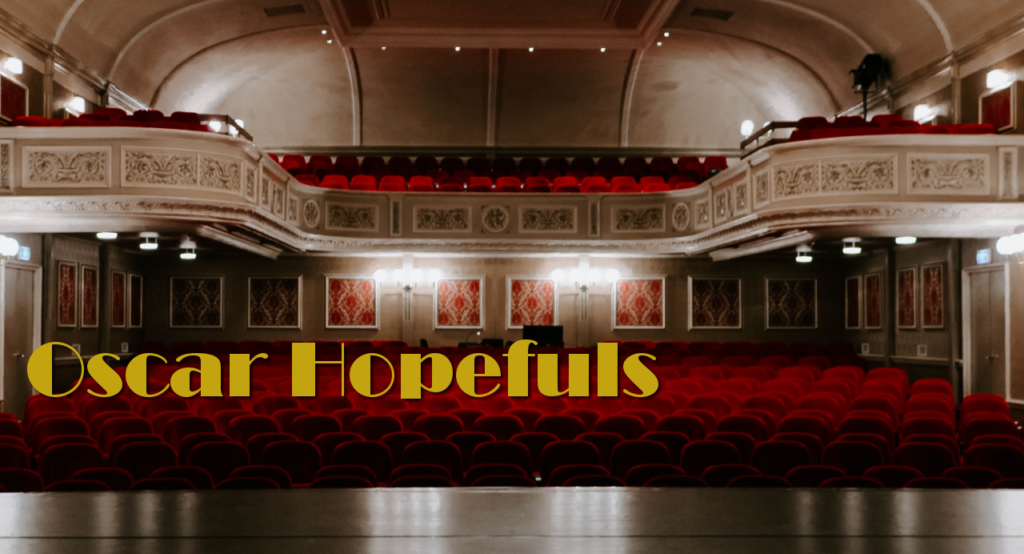


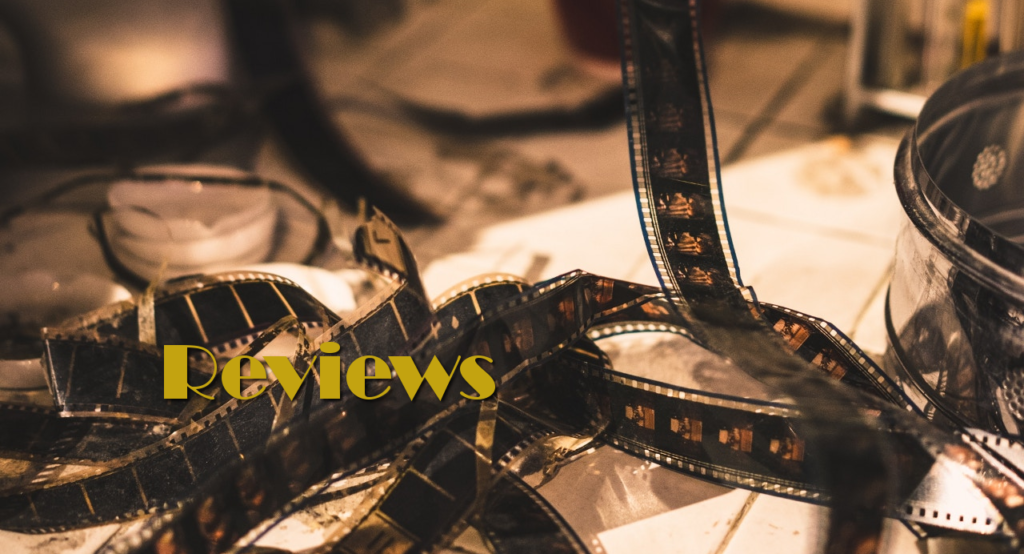
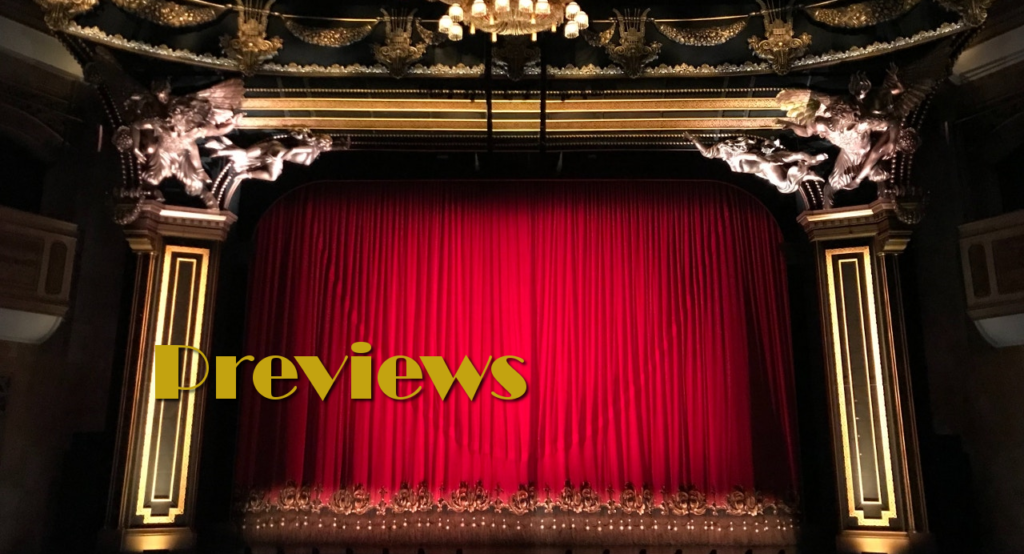


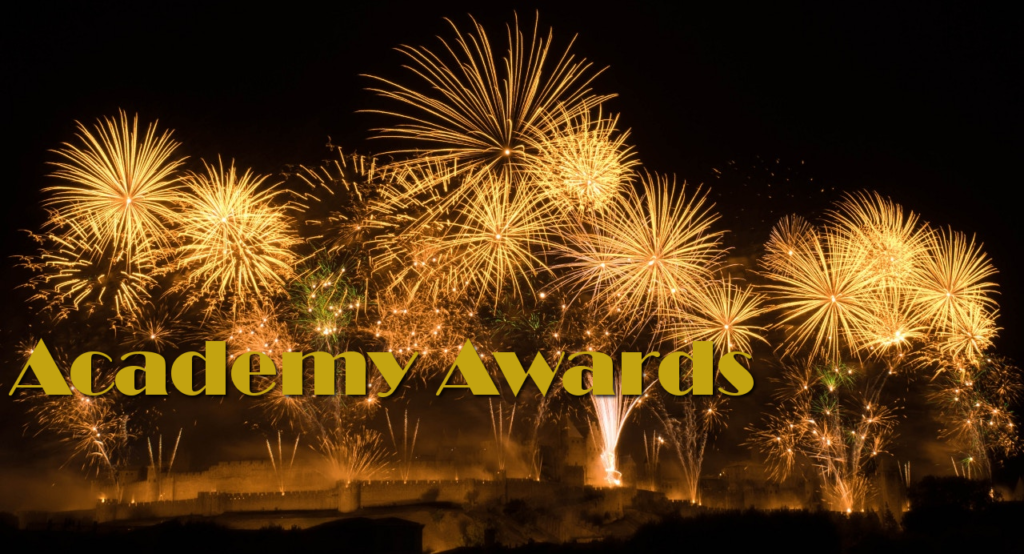





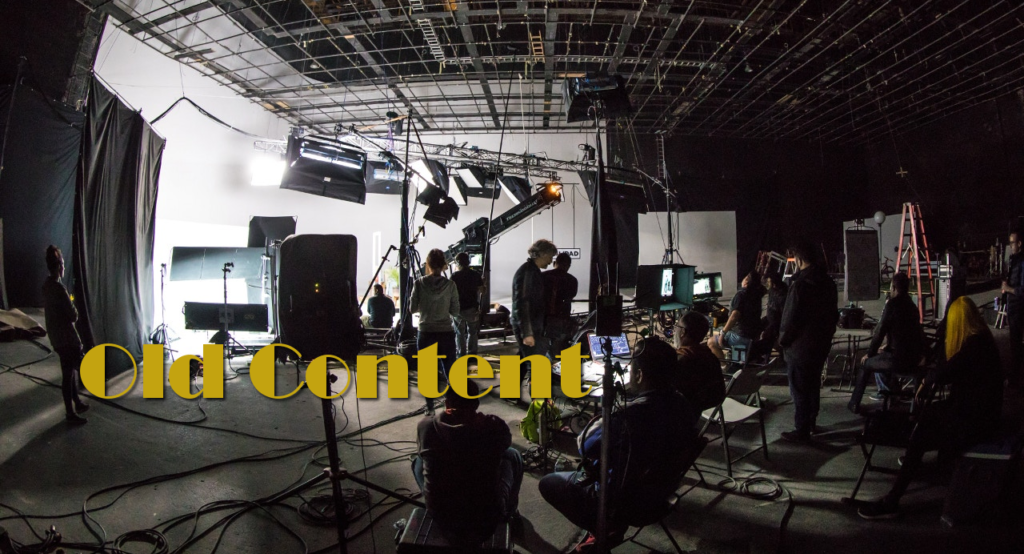
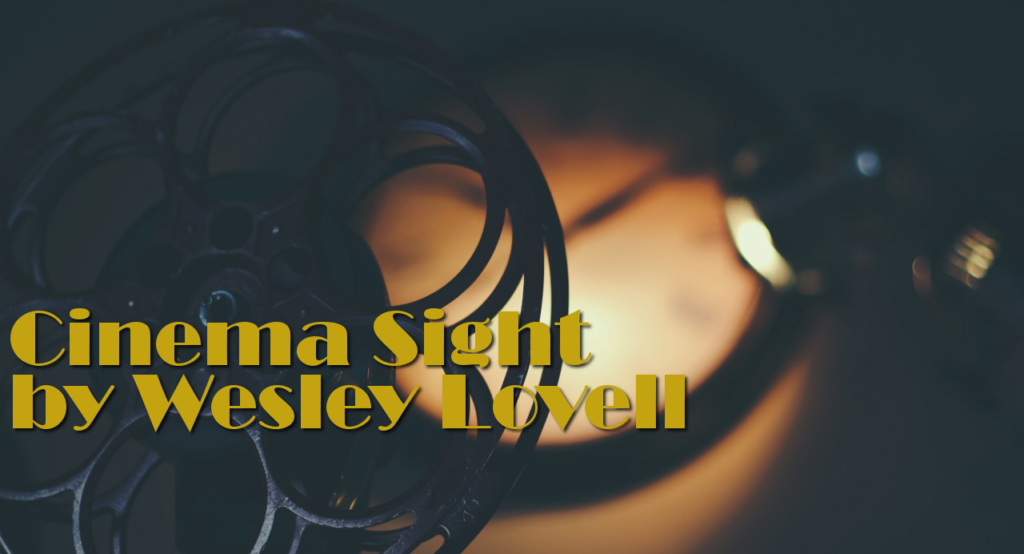


Leave a Reply
You must be logged in to post a comment.